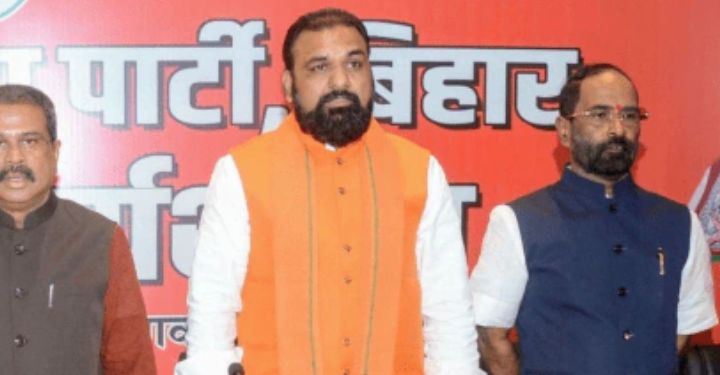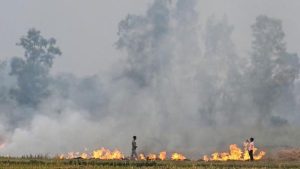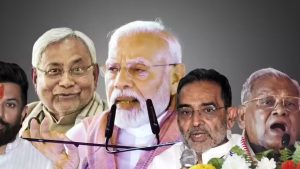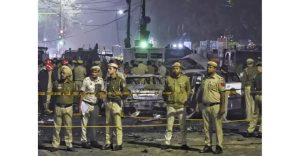
In a clear signal of its intent to dominate the Bihar Assembly elections, the BJP has published its first list of 71 candidates, giving a head start to its campaign strategy and showcasing a mix of political acumen and social engineering.
This initial list positions the party firmly ahead of its allies and rivals in terms of candidate finalization and voter outreach. Key leaders — including both Deputy Chief Ministers Samrat Chaudhary and Vijay Kumar Sinha — have been fielded from Tarapur and Lakhisarai respectively, while seasoned campaigners and promising debutants are sprinkled throughout the ticket allotment.
The BJP’s move to field Chaudhary from Tarapur is both symbolic and strategic. As the state president and a prominent Kushwaha leader, his presence in the contest from this particular seat — with its complex OBC and Dalit voter mix — is intended to galvanize support among backward caste communities.
On the other hand, the omission of Nand Kishore Yadav from Patna Sahib is being seen as a significant decision. With more than three decades of political experience, Yadav’s exclusion hints at a major generational transition. Replacing him, Ratnesh Kushwaha, a new entrant, will attempt to capture the constituency amid likely internal murmurs and opposition scrutiny.
The list also reflects a conscious effort to enhance gender balance, with nine women candidates — some contesting from urban hubs and others from reserved or rural seats. The inclusion of Shreyasi Singh, a former sportsperson-turned-politician, continues the BJP’s focus on presenting relatable, aspirational figures to younger voters.
The seat-sharing formula across the NDA coalition is now confirmed: BJP and JD(U) will contest 101 seats each, while the rest are divided between LJP (RV), HAM, and RLM. BJP’s internal assessment reportedly focused on winnability, loyalty, social alignment, and local popularity — with several surveys and booth-level feedback influencing candidate selection.
The presence of sitting ministers such as Mangal Pandey, Renu Devi, and Nitin Nabin on the list is seen as continuity of governance, aimed at reinforcing the message that the BJP offers both stability and a development-focused leadership.
The list’s release also sets the stage for a narrative contrast with the opposition Mahagathbandhan, which is yet to finalize its seat-sharing or candidate lists. The RJD, Congress, and Left parties continue to debate their respective quotas, with reports suggesting internal tensions over key seats.
With only three weeks left until the first phase of voting, BJP leaders will now begin full-scale campaign activities, including state-wide rallies, localized pad yatras, and digital outreach, with Prime Minister Narendra Modi expected to address at least five major rallies in the state before polling.






